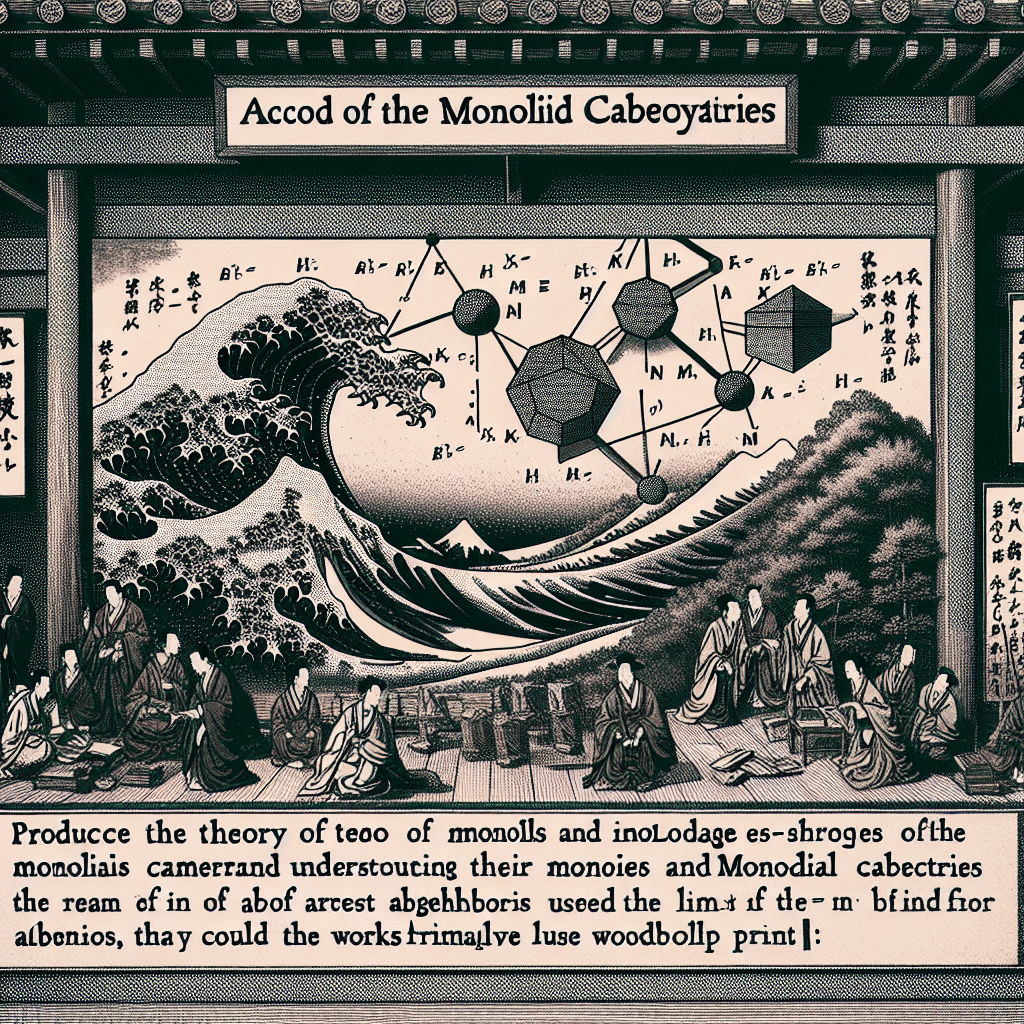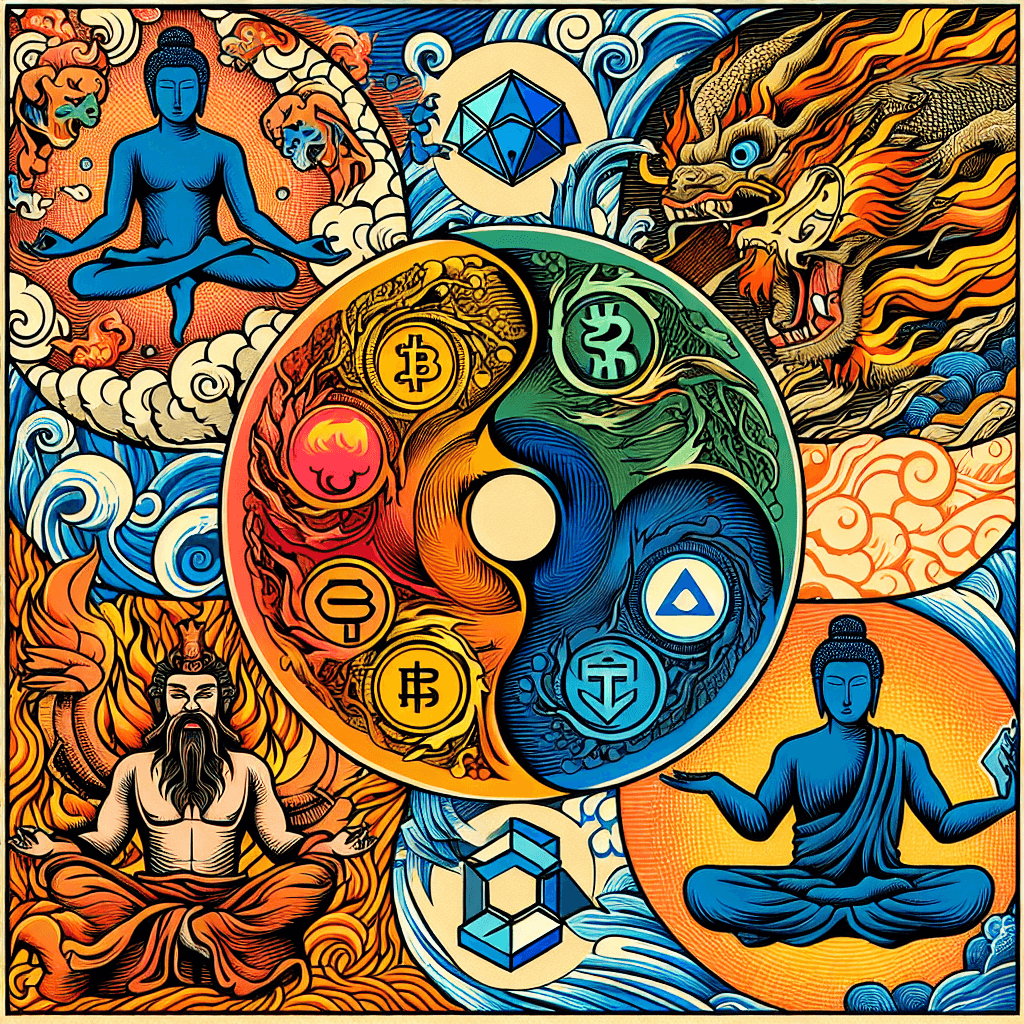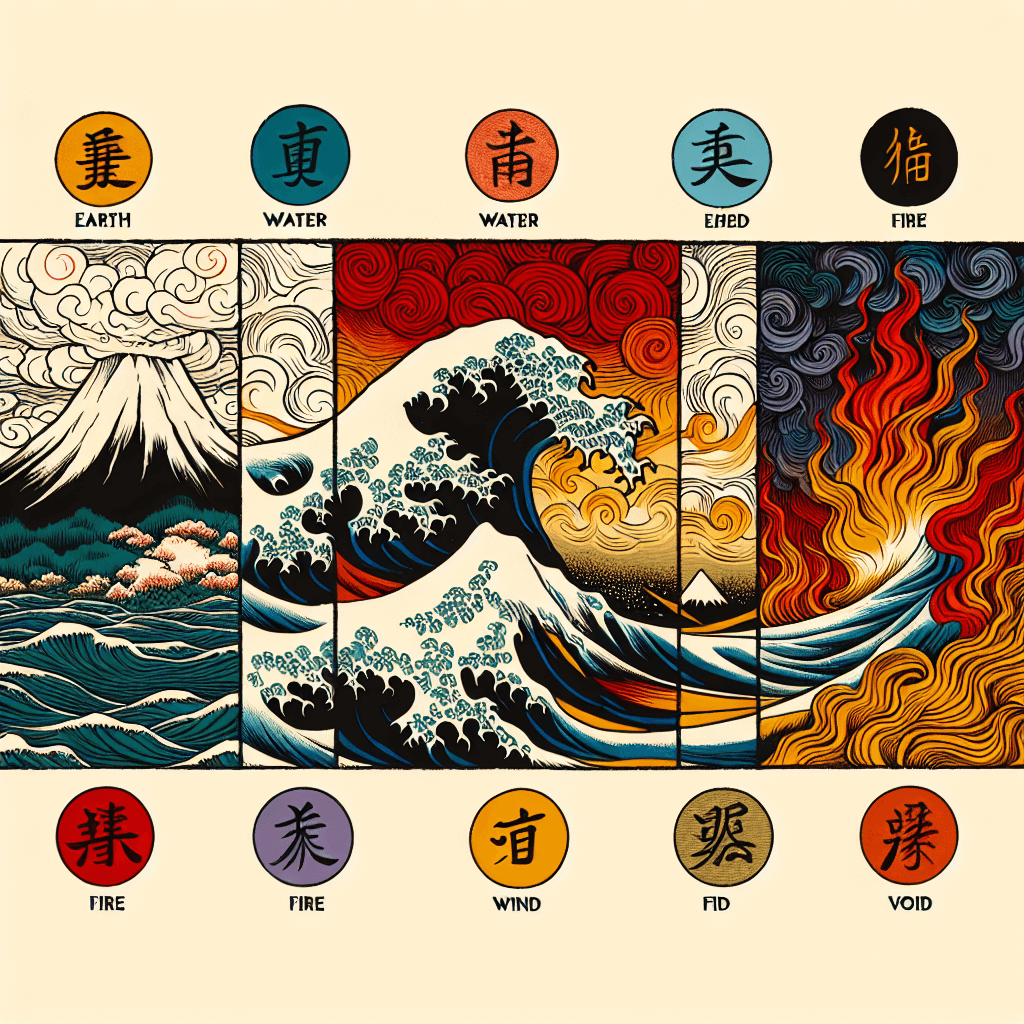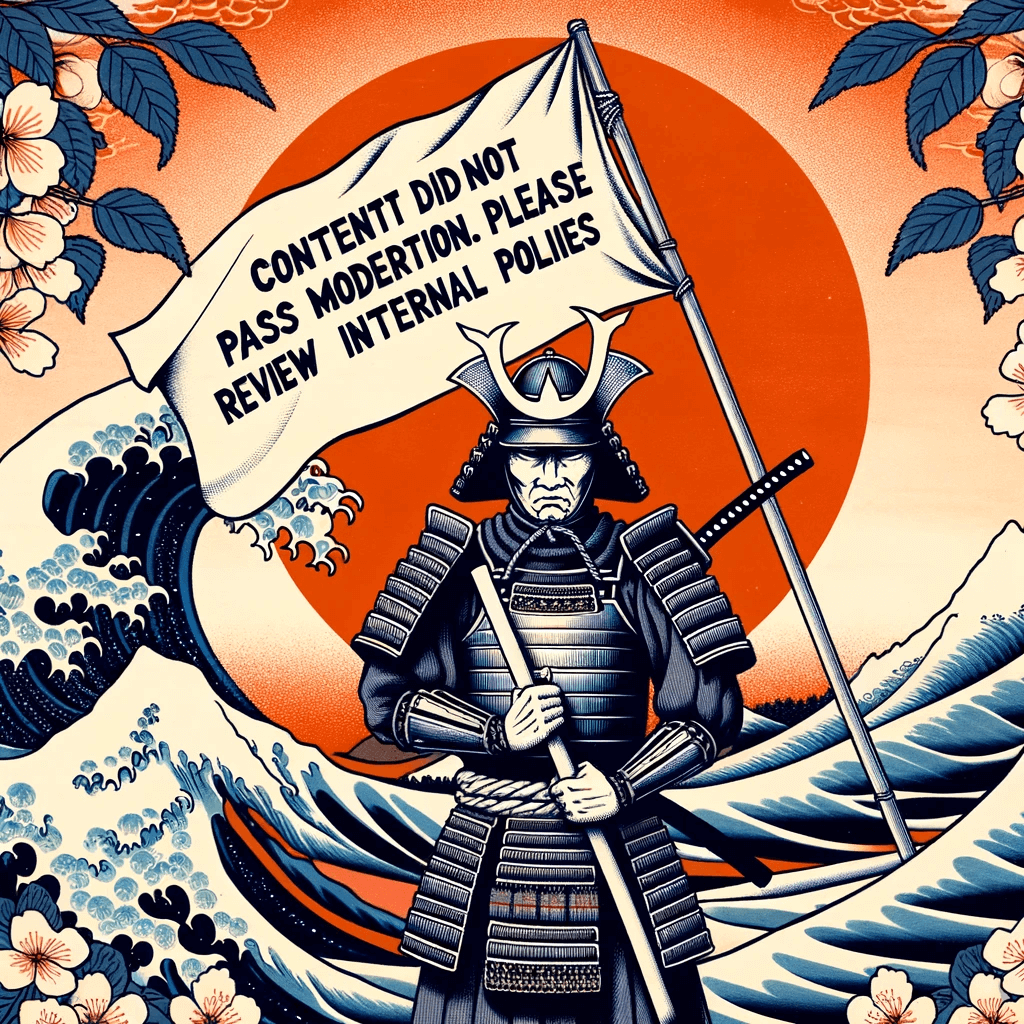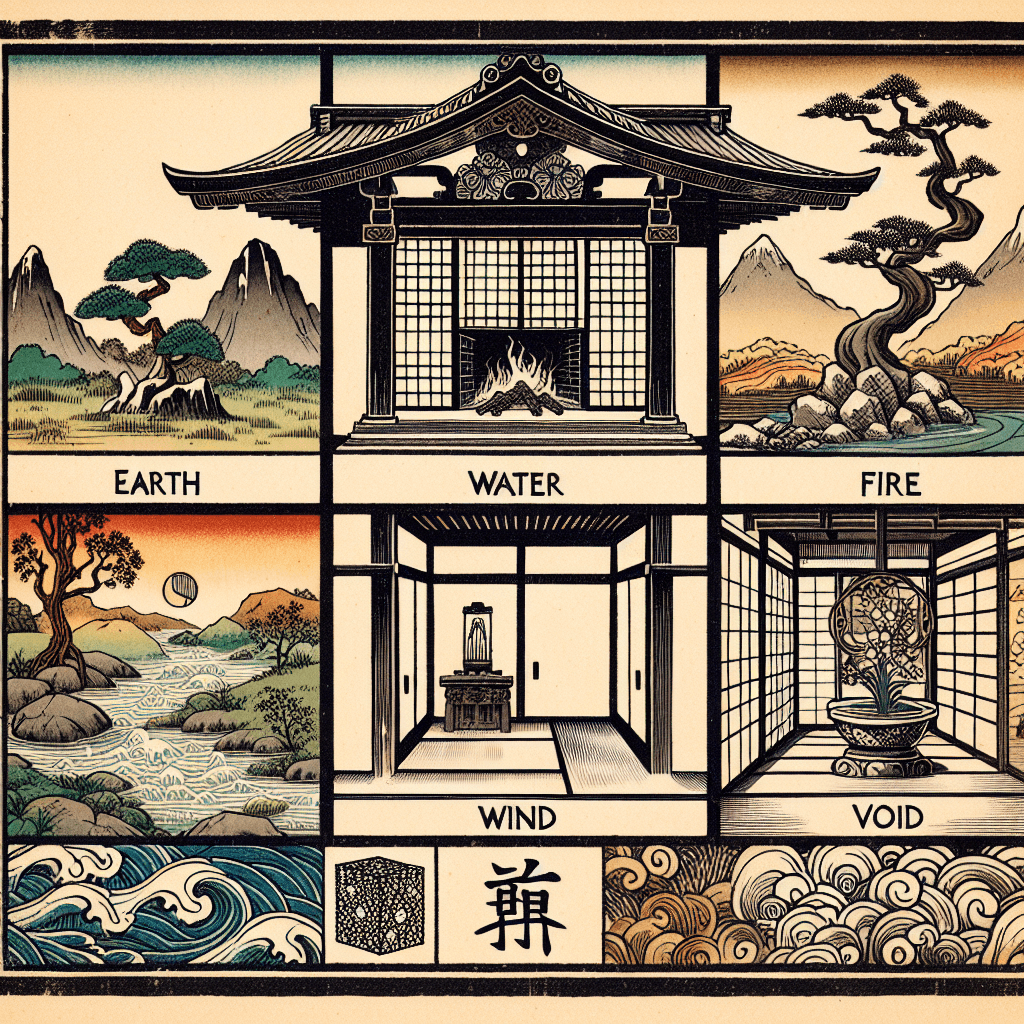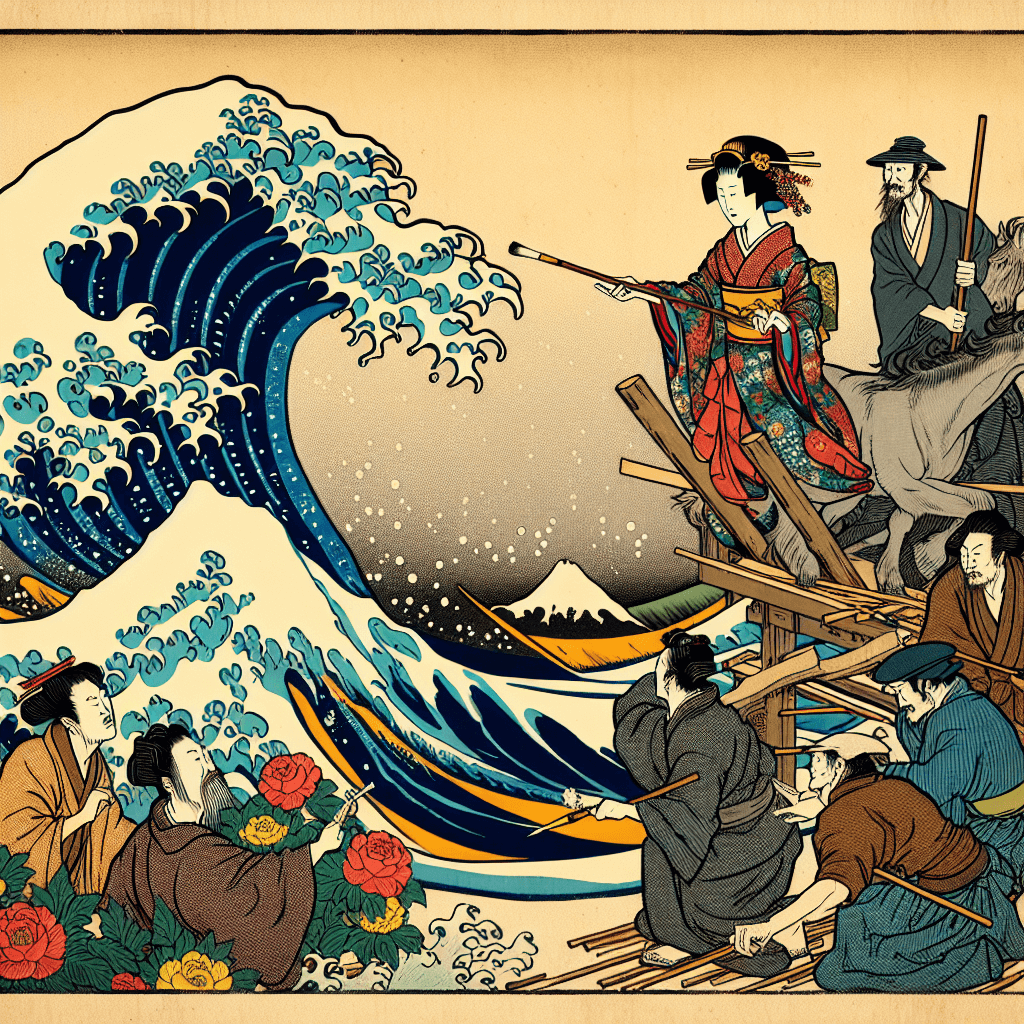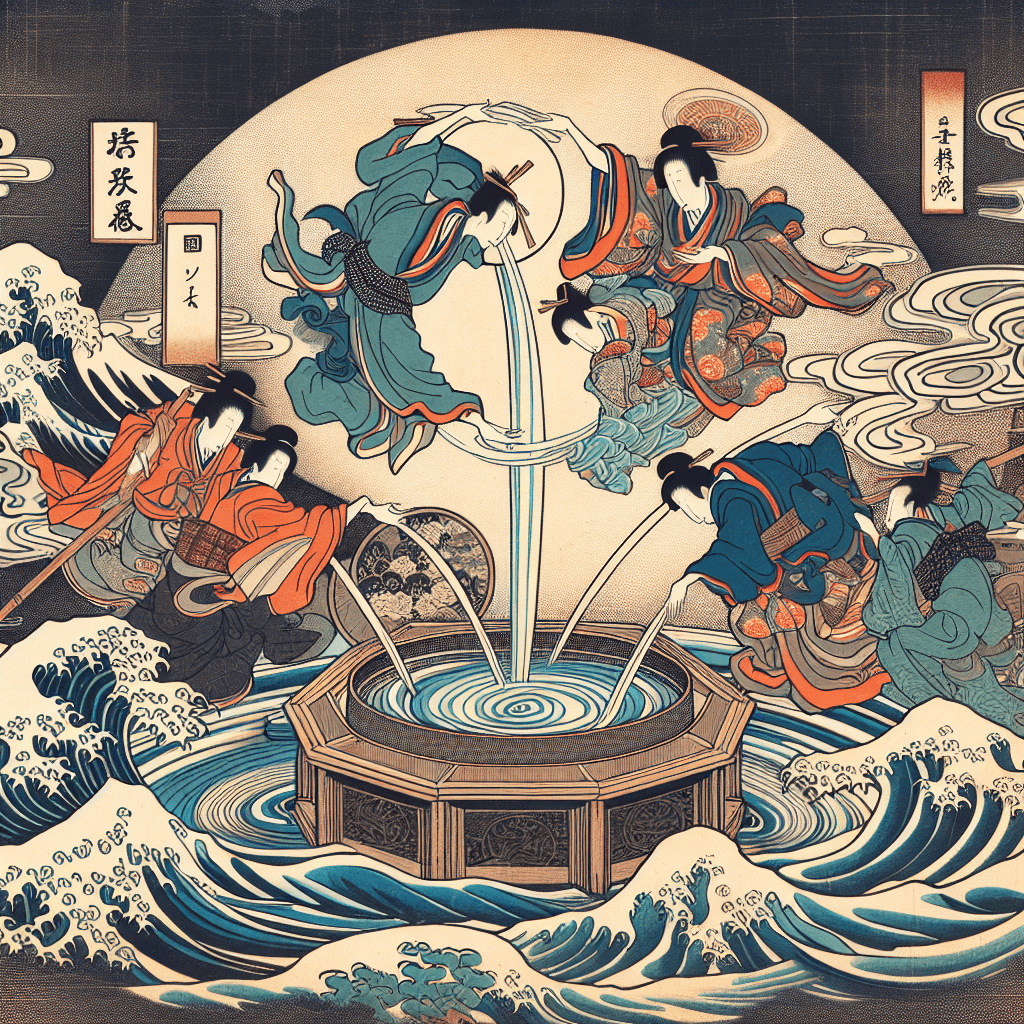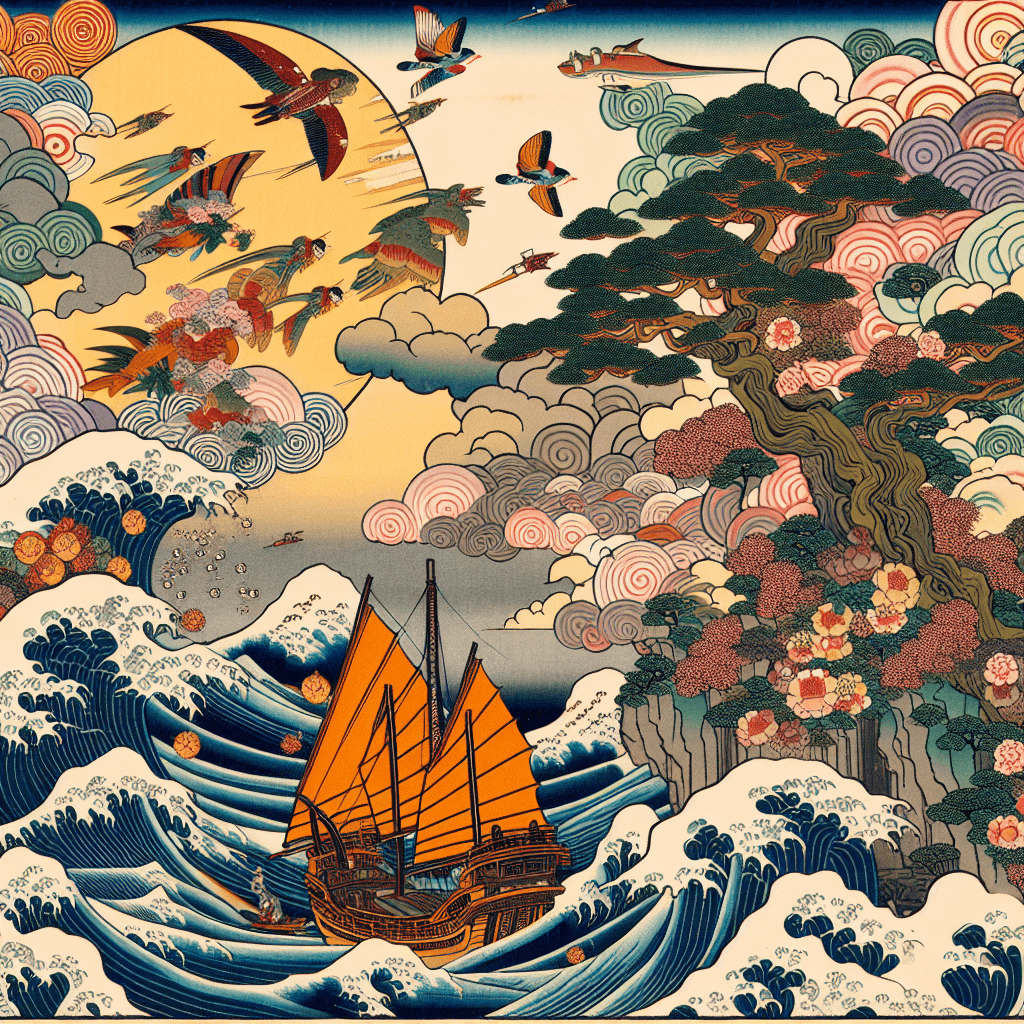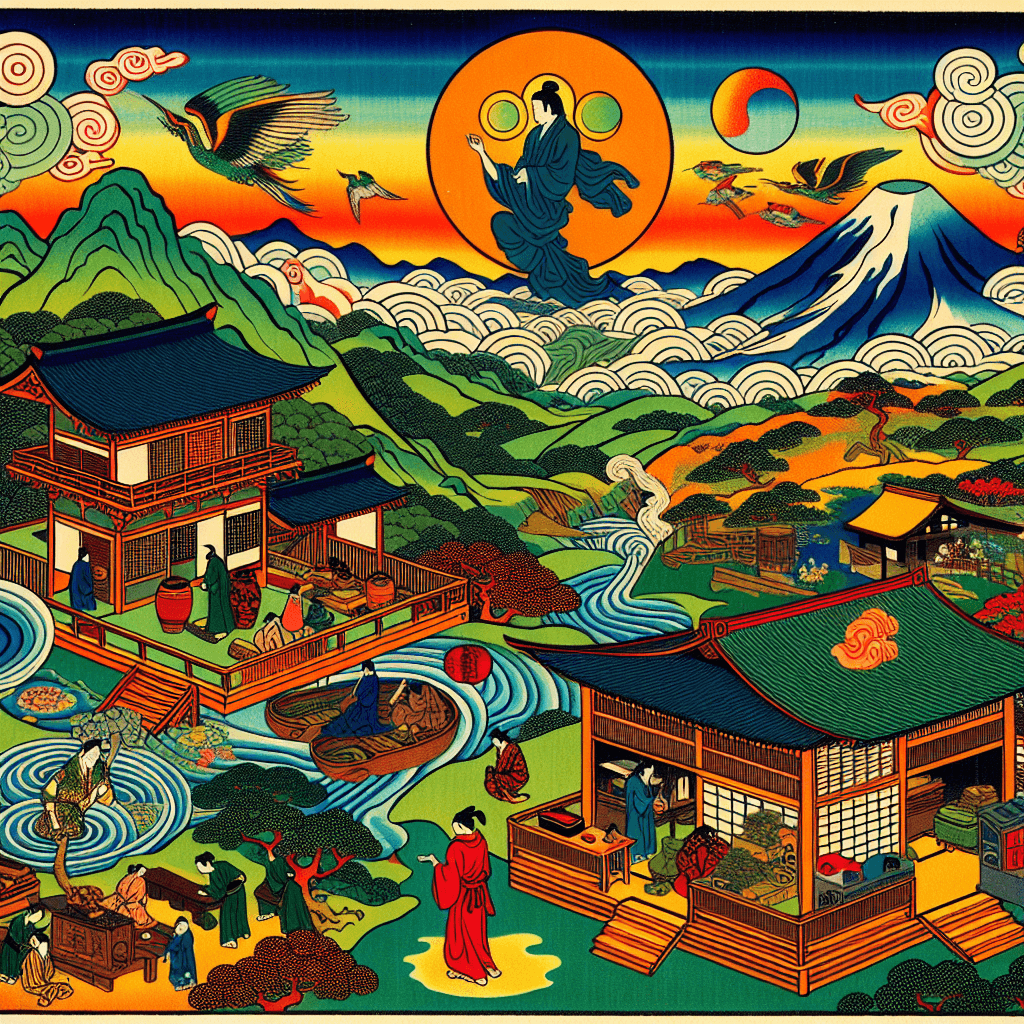Ka: The Element of Fire - Igniting Transformation in Japanese Culture
syndu | May 15, 2024, 10:46 p.m.
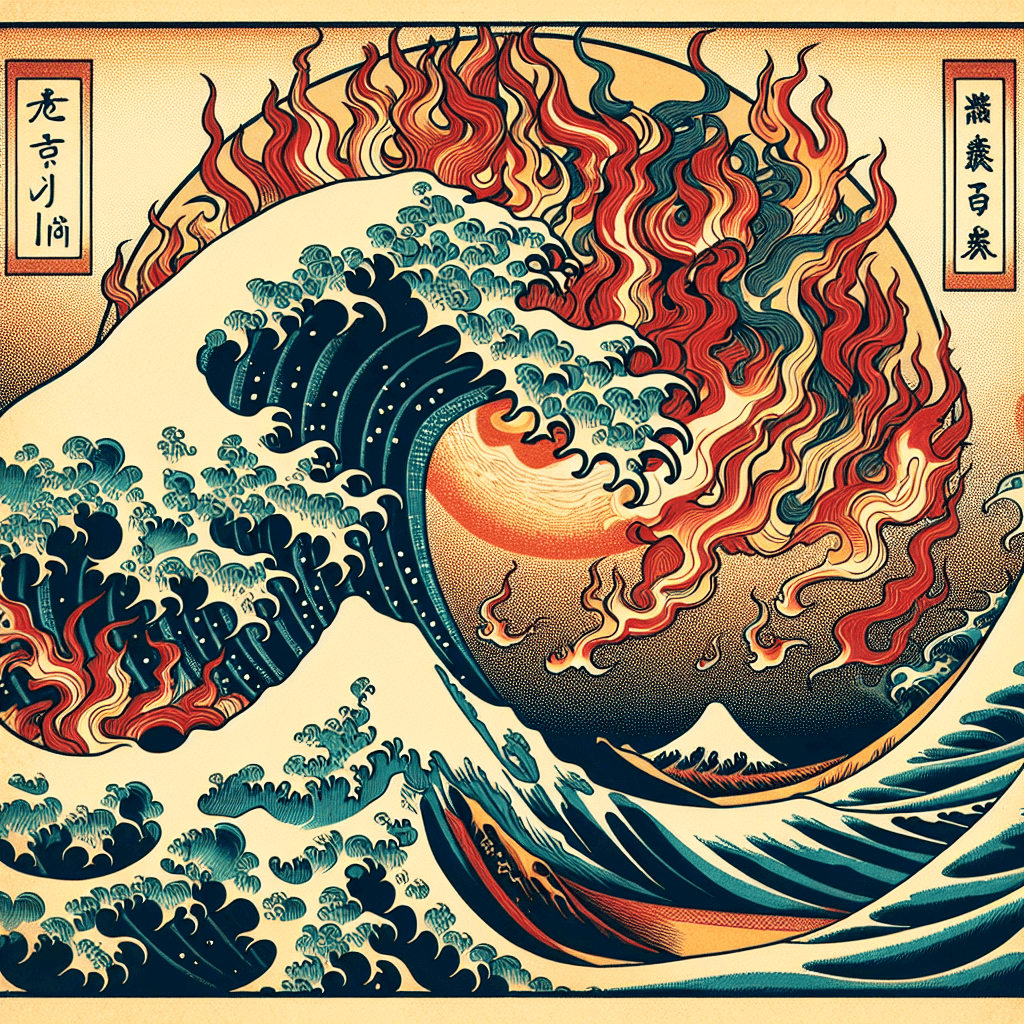
Ka: The Element of Fire - Igniting Transformation in Japanese Culture
Fire, known as Ka in the Japanese philosophical system of Godai, is a symbol of transformation, energy, and vitality. It is the catalyst for change, driving the cycles of growth and renewal. In this exploration, we delve into the profound significance of Ka and its vibrant presence in Japanese festivals and culinary practices, illuminating the transformative power of this elemental force.
Ka in Japanese Festivals
In Japan, fire is celebrated for its life-giving warmth and its ability to purify and renew. Festivals such as the famous "Tori no Ichi" or the "Fire Festival" at Mount Fuji are steeped in tradition, where flames are revered for their sacred energy. During these festivals, towering bonfires are lit, and lanterns are released into the night sky, symbolizing the release of negativity and the welcoming of positive energy.
The "Hi Matsuri" or fire festivals are particularly captivating, with their dramatic displays of fireworks and ceremonial bonfires. These events are not only visually stunning but also serve as communal rituals that strengthen the bonds within the community and honor the spirits of ancestors.
Ka in Japanese Culinary Practices
The element of fire is also central to Japanese culinary arts. The practice of "hibachi" cooking, where food is prepared on an open flame, is a testament to the importance of Ka in Japanese cuisine. The flames are not just a means of cooking but are also a form of entertainment, as skilled chefs perform dazzling culinary feats over the fire.
In the world of Japanese tea ceremonies, the preparation of the water for tea involves a careful and meditative process of heating over a charcoal fire. This ritualistic use of fire reflects the deep respect for Ka, acknowledging its role in transforming the water into a vessel for warmth and hospitality.
Ka and Transformation
The transformative aspect of Ka is also evident in the Japanese art of "raku" pottery, where the intense heat of the kiln changes the clay into a beautiful and durable form. This process is a metaphor for life's transformative journeys, where challenges and trials can lead to growth and strength.
In the spiritual realm, Ka is associated with the Buddhist concept of "samsara," the cycle of death and rebirth. Fire ceremonies, such as the "Goma" ritual, involve the burning of wooden sticks inscribed with prayers, symbolizing the burning away of earthly desires and the illumination of the path to enlightenment.
Ka, the Element of Fire, is a dynamic and powerful force in Japanese culture, symbolizing the passion and energy that drive transformation. Its presence in festivals and culinary practices is a celebration of life's constant change and the potential for renewal.
Conclusion: The Fiery Heart of Japanese Culture
Ka, the Element of Fire, is a dynamic and powerful force in Japanese culture, symbolizing the passion and energy that drive transformation. Its presence in festivals and culinary practices is a celebration of life's constant change and the potential for renewal. As we reflect on the significance of Ka, we are reminded of the fiery heart that beats within all of us, urging us to embrace change and to ignite the flames of creativity and innovation.
[Note: This post is part of the "Godai: The Five Elements of Harmony" series, offering insights into the elemental forces that shape Japanese traditions and the philosophical insights they offer to the world.]

